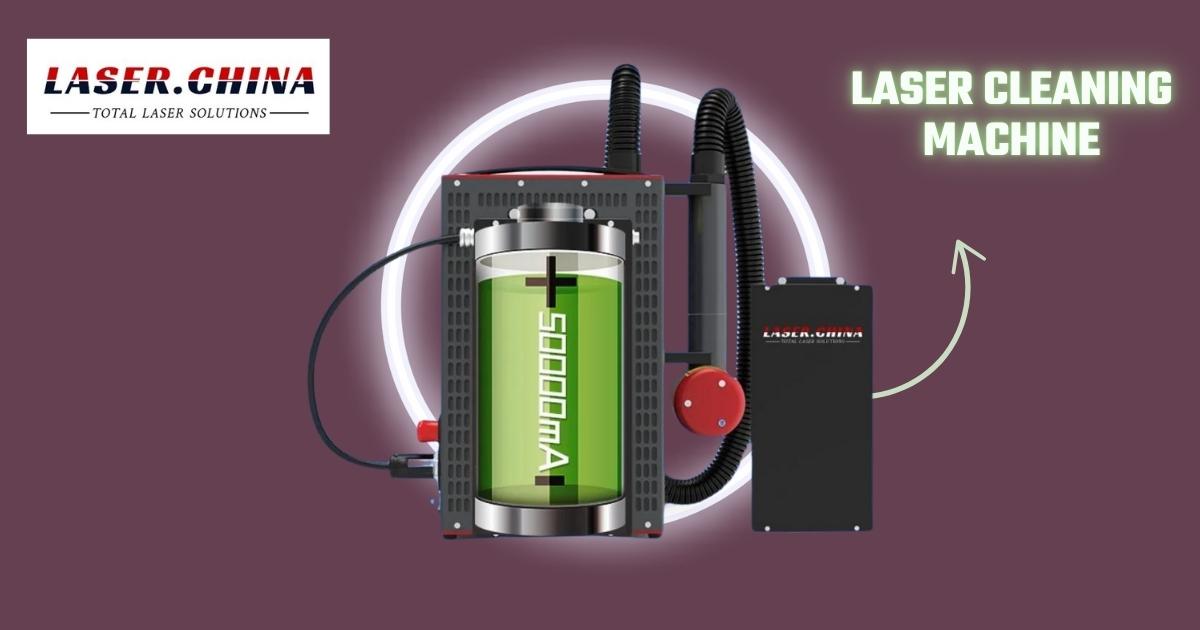Notifications

5 minutes, 37 seconds
-107 Views 0 Comments 0 Likes 0 Reviews

A fiber welder is a cutting-edge welding solution that utilizes fiber laser technology to join materials with high precision, speed, and efficiency. Compared to traditional welding techniques such as MIG (Metal Inert Gas) and TIG (Tungsten Inert Gas) welding, fiber welding offers significant advantages, including reduced heat impact, minimal post-processing, and lower operational costs. This article explores the key benefits of fiber welders and why they are increasingly becoming the preferred choice in industries such as automotive, aerospace, manufacturing, and electronics.
One of the standout features of a fiber welder is its exceptional precision. Unlike conventional welding methods that rely on electrical arcs or gas combustion, fiber welding uses a highly concentrated laser beam, resulting in:
This makes fiber welding perfect for industries that demand delicate and intricate welds, such as medical device manufacturing and electronics.
Fiber welders operate significantly faster than traditional welding methods. In many cases, fiber welding can be up to four times faster than TIG welding and at least twice as fast as MIG welding. The increased welding speed means that businesses can complete more projects in less time, improving efficiency and reducing labor costs. This is especially beneficial for high-volume production environments.
Traditional welding generates excessive heat, which can lead to warping, burn-through, and stress on the welded parts. Fiber welding, on the other hand, focuses heat precisely where it is needed, resulting in:
This makes fiber welders an excellent choice for applications where maintaining material integrity is crucial.
Fiber welders produce deep, strong, and highly durable welds. The concentrated energy from the fiber laser ensures:
A fiber welder can efficiently join various materials, including:
It also allows for dissimilar metal welding, a challenging process for traditional welding techniques. This versatility makes fiber welders valuable for diverse industries with different material needs.
Fiber welders are designed to be cost-effective in the long run. They require fewer consumables, such as electrodes, filler rods, and shielding gases, significantly reducing operating costs. Additionally, fiber laser systems have a longer lifespan and minimal maintenance requirements, leading to lower downtime and increased reliability.
Fiber welders can be integrated into automated production lines, enhancing precision and repeatability in industrial applications. Some modern fiber welders also feature handheld designs, making them user-friendly and adaptable for both manual and automated welding tasks. The ease of use reduces training time and allows operators to achieve professional-quality welds with minimal experience.
Compared to traditional welding, fiber welding is a greener and safer option. It produces:
Additionally, fiber welders often come with built-in safety features such as protective enclosures, auto-shutoff mechanisms, and reduced exposure to high-intensity light, ensuring a safer working environment.
A fiber welder offers numerous benefits over traditional welding methods, including greater precision, faster processing speeds, reduced heat impact, and lower operational costs. Its ability to produce high-quality, strong welds while being energy-efficient and user-friendly makes it an invaluable tool for industries requiring advanced welding solutions. Whether you need to weld thin materials, work on intricate designs, or enhance production efficiency, investing in a fiber welder is a smart choice that ensures long-term reliability and performance.

